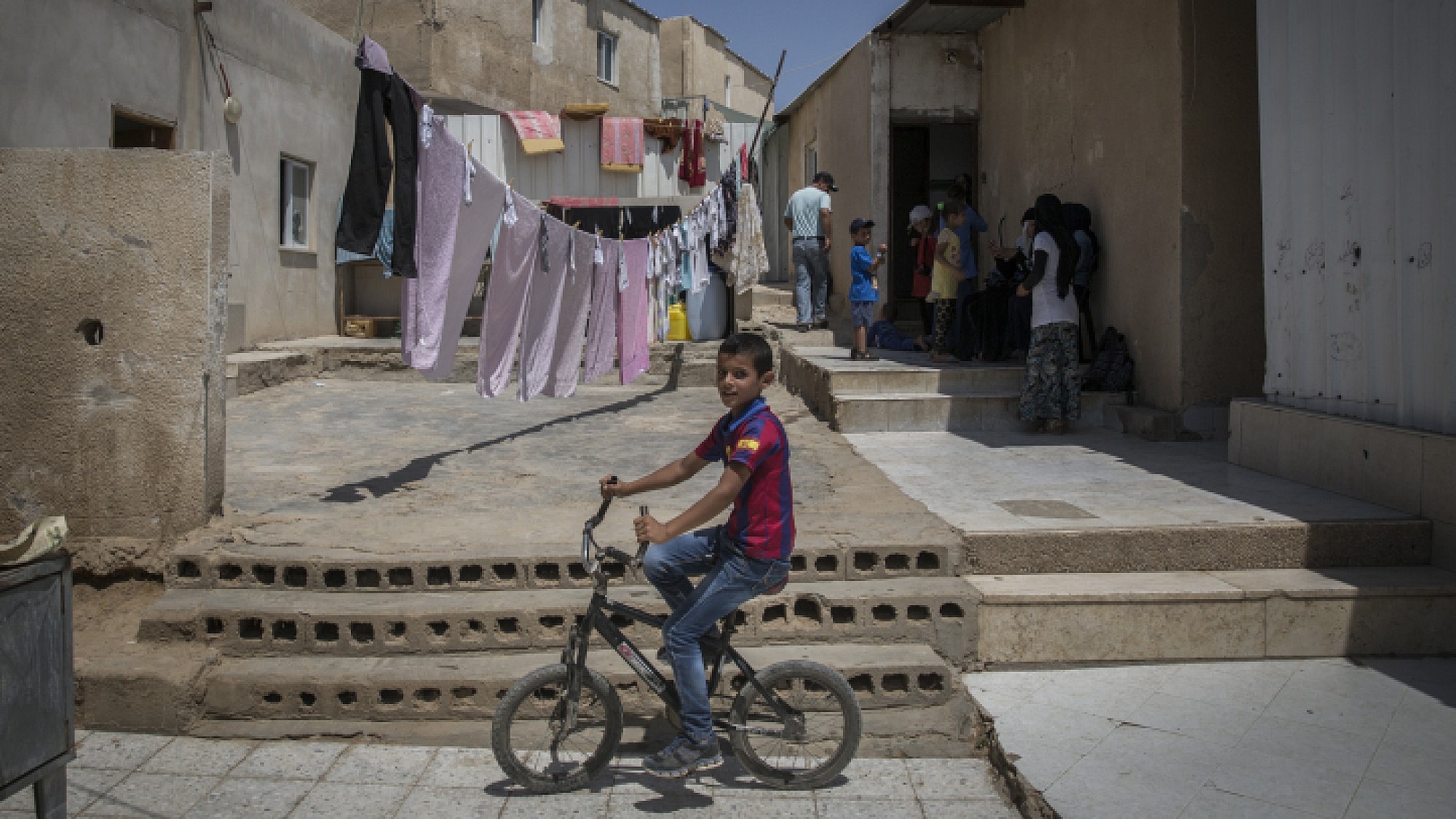The Bedouin Authority unveiled an ambitious plan for regulation of 125,000 Bedouin residents of the Negev in the coming decade, but the government’s plan is based on expanding the boundaries of existing Bedouin municipalities rather than utilizing the already-existing land allotted to these municipalities. In effect, the relocation of illegal Bedouin encampments on the ground, and not just “on paper,” will be pushed off until the next five-year plan is put into effect.
According to the plan, residential plots for the relocation of residents of illegal encampments will be prepared exclusively on state-owned land, which will enable the government to ignore the long-standing issue of “ownership claims” lodged by a small minority of Bedouin claimants involving hundreds of thousands of dunams of land in the Negev. Although these claims have never stood up in court, the government has sought to reach compromise solutions, offering extremely generous compensation packages to the claimants, in most cases to no avail.
According to the newly released plan, in the first stage, illegal structures within or in close proximity to the municipal boundaries of recognized townships will be legalized, and residents will receive compensation in the sum of NIS 125,000. This arrangement will redraw the municipal boundaries of the Bedouin townships, effective immediately, in order to “annex” the illegal compounds and include them in the recognized townships.
Some 65,000 residents of outlying illegal Bedouin encampments will be relocated in the future from their present locations to state land, where each household will receive, free of charge, a fully developed residential plot within a legal, permanent Bedouin settlement, complete with building permits for a free-standing home and NIS 250,000 as compensation for their existing (illegal) homes.
Under the new plan, the Bedouin Authority will approve building plans for some 150,000 residential units in total—some 40,000 of which will receive land allotments as early as 2021, when the current Five-Year Plan expires. Land allotments for the remaining 110,000 units will be approved in the next five-year cycle.
The budget for this new plan is currently NIS 9 billion, of which some NIS 6 billion is earmarked for development, 1.5 billion for infrastructure and an additional NIS 1.5 billion for compensation arrangements.
Regavim, a public non-governmental organization dedicated to preserving Israel’s land resources, was instrumental in torpedoing the “Begin Law” that would have handed hundreds of thousands of dunams of land to Bedouin claimants as a means of achieving progress towards full regulation.
Regavim’s “Negev Challenge” report, published in 2017, included a regulation scheme that was based on disconnecting the resolution of ownership claims from the process of regulation. Regavim’s reaction to the Bedouin Authority’s new plan was mixed: “On the one hand, after many long years in which the government’s plans have been stuck in the quagmire of ownership claims, Minister [of Agriculture and Rural Development] Uri Ariel has decided to separate the two issues and to set the wheels of regulation in motion. This is the most significant step the government has taken in decades, and we applaud the initiative,” says Amichai Yogev, Regavim’s field coordinator in the Negev.
He explains that “the new plan will expand the existing townships by thousands of dunams in order to ‘put a check’ next to thousands of names—people who are living in illegal encampments that will be legalized without being relocated—while there are thousands of vacant lots within the existing borders of these township that remain untouched. Instead of investing its energy in relocating people from the illegal encampments into the legal townships, the Bedouin Authority has chosen the quick and easy solution of legalizing these encampments so that it can claim success, even at the cost of ceding invaluable state land to municipalities that are half-empty. The existing Bedouin settlements should not be expanded until all their existing land reserves have been used to house relocated residents according to already existing resettlement plans.”


























